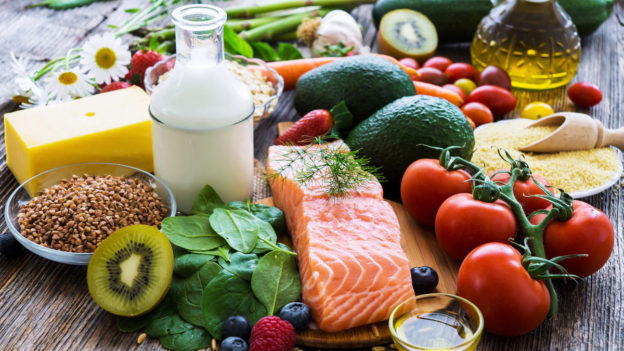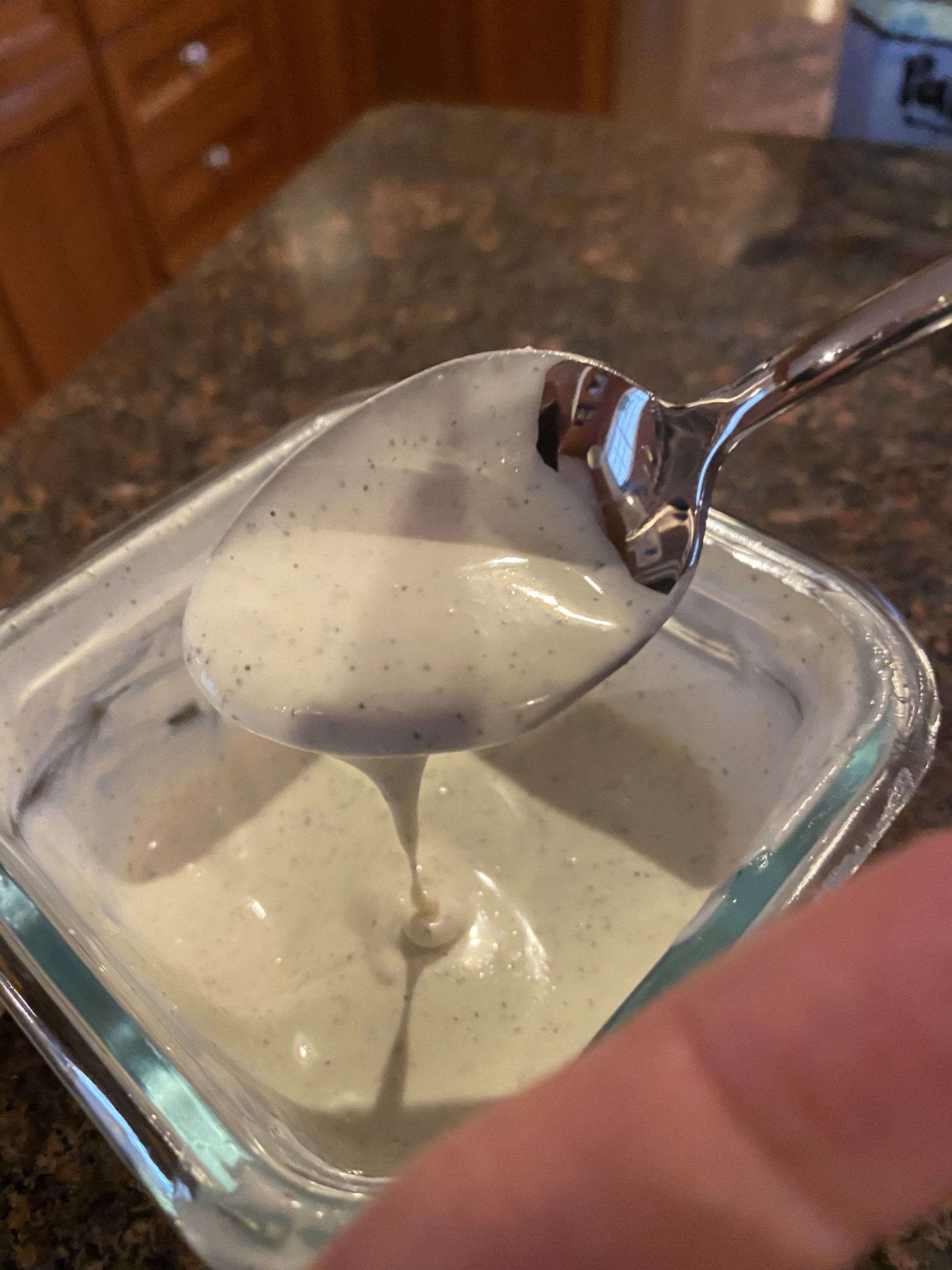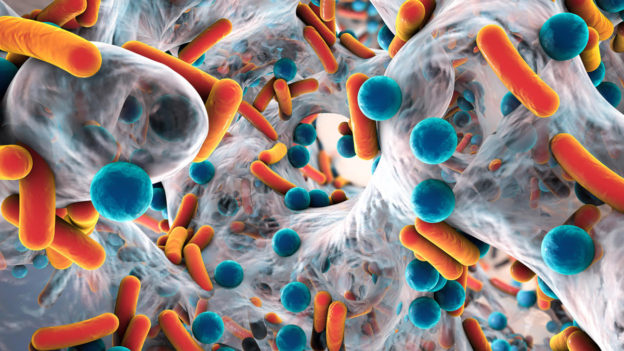These are unprecedented times. None of us have ever been through a pandemic like this before. You’ve likely read those words a thousand times over the past few weeks. And they are true. You’ve likely been inundated with facts and opinions about the novel coronavirus; I have. I thought I’d cut through all the hype and write a concise yet thorough summary of what we know and what can be done to protect yourself.
What we know about the Coronavirus
- “Coronavirus” is a term for a whole group of viruses including the ones that cause the common cold
- SARS Cov-2 is the specific name of this current coronavirus that is new to us all, originated in China a few months ago, and is causing the pandemic.
- COVID-19 is the name of the disease that SARS Cov-2 causes when you are infected with it.
- COVID-19 ranges widely. The symptoms seem to be ranging from:
- Fever (but only in about ⅔ of people who have the disease)
- Coughing
- Trouble breathing
- Diarrhea, nausea, vomiting
- Loss of appetite or sense of taste
- Fatigue
- The life of this disease is the cause of much confusion. It seems like a “typical” incubation period is about 5 days (with no symptoms) and then another week of symptoms building to the most vigorous symptoms (by day 12). But even those numbers are unpredictable. Sometimes it takes 14 days to show symptoms. Sometimes that vigorous time lasts a lot longer than a week (a LOT longer).
- The strength of this disease What happens during this vigorous time depends on the person. Some people will have a mild to moderate illness (80%). Others will need to go to the hospital and be in serious condition. I have heard a lot of horror stories. People turning purple because they can’t breathe. People with so much mucus it is coming out of every respiratory orifice.
- Staying home and practicing social distancing (really should be termed ‘physical distancing’) is a way to flatten the curve and hopefully dampen the number of people getting the virus all at the same time.
- The medical establishment will be (and already is) overwhelmed if too many people get the virus and need help all at once.
- We practice social distancing so that we don’t unknowingly give the virus to each other during our pre-symptomatic stage.
- People at high risk are people with preexisting lung conditions, heart disease, diabetes, and people who are immuno-compromised.
- There are some mysteries surrounding why some people get seriously ill and some don’t, as not everyone who has died fits into the above categories. But the experts aren’t really sure.
- Inflammation seems to be a big factor. If a person’s body has a lot of inflammation in it at baseline, then when the coronavirus causes its inflammatory storm, there is too much inflammation. This large amount of inflammation is what causes damage. So, lowering underlying and non-productive inflammation is one way to reduce the risk of being a seriously ill patient.
What are the best practices for reducing your risk of getting the virus and reducing your risk of being critically ill if you do?
Reducing exposure, boosting your immune system, and reducing inflammation. Read on to learn how to do these things.
Reducing exposure
This is all about social distancing, staying home, wiping down groceries, and all the other precautions that you have read about a thousand times so I won’t go into too much detail here.
Boosting and supporting your immune system and reducing inflammation:
- Getting enough sleep. We need sleep in order for our immune system to do its job.
- Managing stress. This is easier said than done in these stressful times, but stress will sabotage your immune system, so get to meditating, journaling, exercising, and laughing.
- Eat real whole foods. Cut the processed foods, sugar, alcohol, refined starches, and processed oils. They all suppress the immune system or increase inflammation. Eat whole foods in their unprocessed form: fruits, vegetables, potatoes, whole grains, good quality meats, and nuts. This can be a daunting task-if so, get some help. Schedule an appointment with us so we can help you shift your diet. This bullet is likely THE MOST IMPORTANT thing to do. Diet matters.
- Supplements I am not suggesting everyone run out and buy everything on the list below. Rather I am sharing what I know. If you do want to take some of these it is a good idea to have professional supervision, tailoring your supplement regimen. Schedule an appointment if you want us to do this for you! If you want to get professional quality supplements, you can use our dispensary
- Zinc helps prevent the virus from getting into your cells.
- Vitamin C seems to help kill the virus (especially in high doses)
- Vitamin D is an all around important vitamin for the immune system to work properly.
- NAC and/or glutathione are powerful antioxidants. It turns out they also support the immune system and support lung tissue by reducing inflammation.
- Berberine is an herb that boosts killer cells and helps kill the virus.
- Wormwood is an herb that kills the virus.
- Echinacea also helps our cells kill the virus.
- Turmeric is anti-inflammatory.
- Resveratrol is anti-inflammatory.
- Probiotics can be anti-inflammatory and also keep a good microbiome which can help kill the virus. (good gut health is essential for dealing with this virus)
- Melatonin boosts killer cells and kills this virus. It is being studied as a treatment once someone is infected. This might offer an explanation as to why children get mild cases and older people tend to have serious cases. Children have more melatonin and it decreases as we age.
Even though you and I haven’t been through this before, our ancestors have. And we, as a species, will get through it.
Stay safe.
PS: If you are looking for something good to read during your time at home, check out my ebook!







